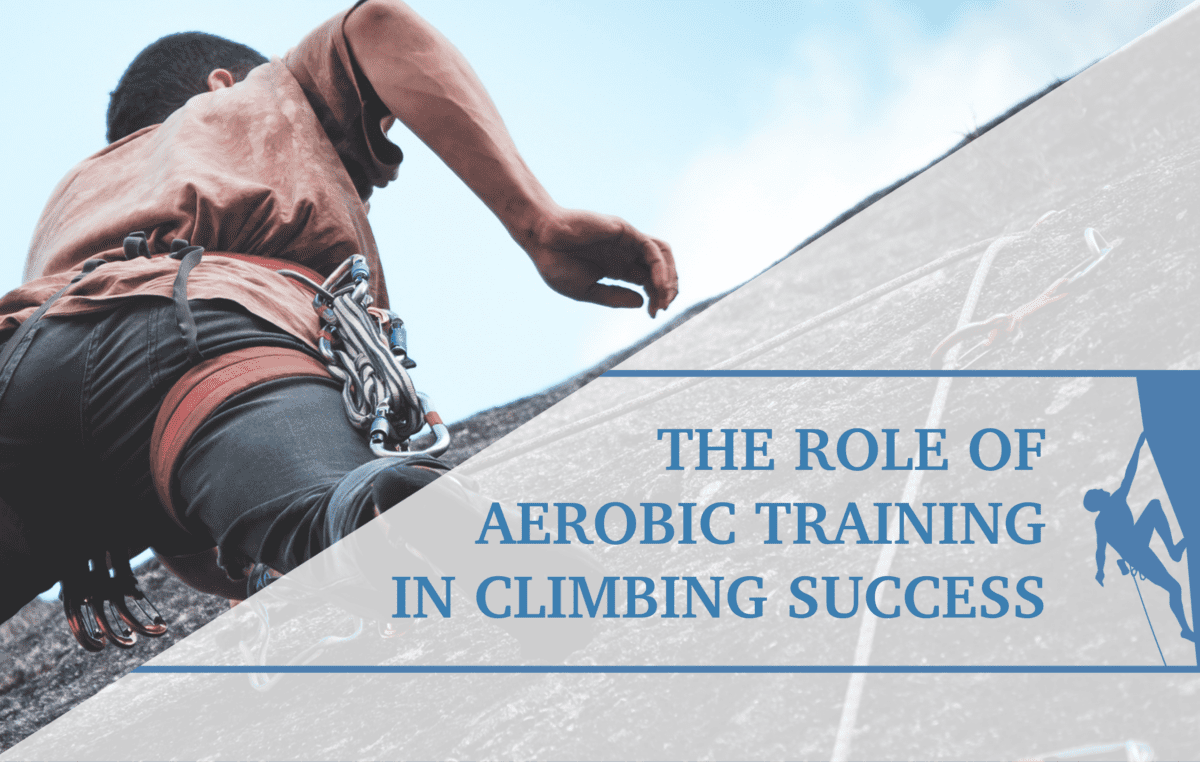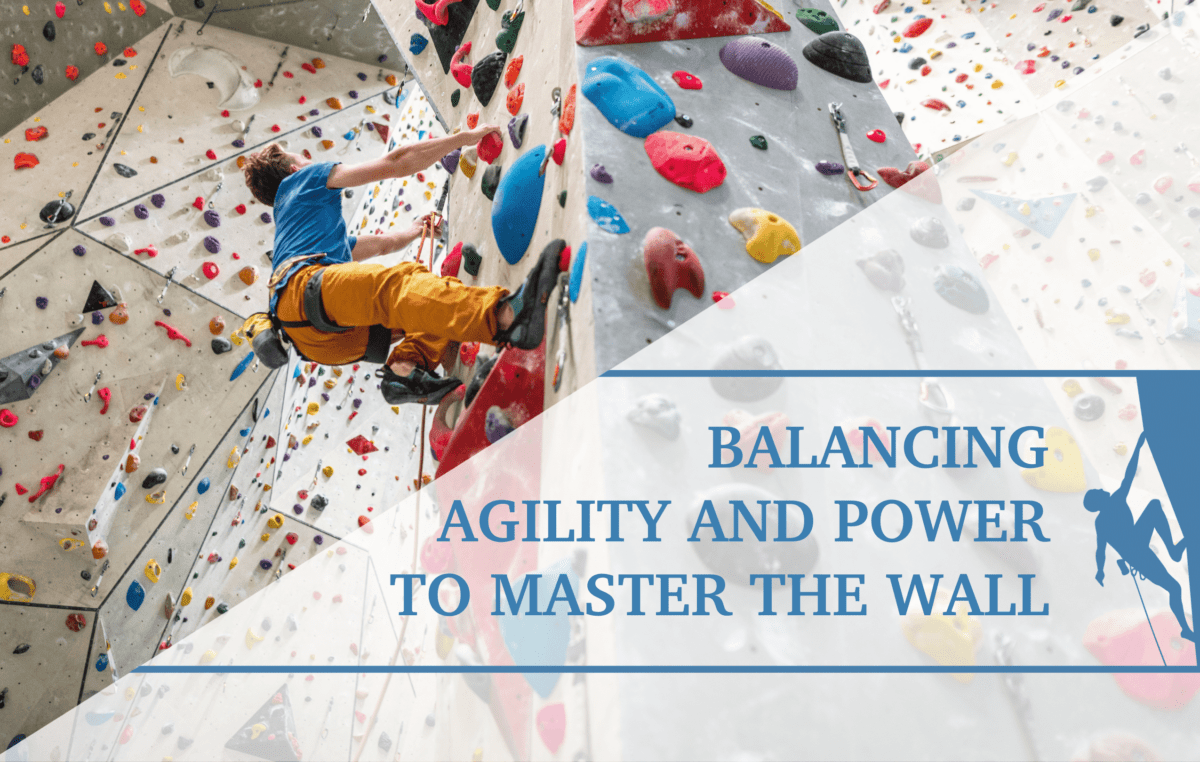Hip Mobility: A Climber’s Secret Weapon
Rock climbing is a physically demanding sport that challenges the body’s strength, flexibility, and mobility. Among the many essential skills climbers develop the ability to execute drop knees, stem or maintain a frogger position, and high step to the next foot hold. The ability to stay close to the wall during these movements can make a significant difference in your climbing success. To achieve these movements with finesse, it’s essential to focus on hip mobility (as well as climbing technique practice!). In this article, we will explore the importance of hip mobility for climbers and provide a series of exercises to help you unlock your climbing potential.
Global Hip Mobility
Climbing often demands moves that require significant hip mobility, such as high-stepping to reach holds and maintaining a drop knee position to stay close to the wall. Tightness in the hips can hinder your performance and increase the risk of injury. To address this, climbers can incorporate specific exercises into their training routines. Check out the video below for four exercises to improve hip mobility for climbing:
Exercise 1: Hip Controlled Articular Rotations (CARs)
Hip CARs, or Controlled Articular Rotations, are a fantastic exercise for improving hip mobility actively rather than passively. Follow these steps:
- March your knee in front while keeping your pelvis neutral.
- Open your knee out to the side.
- Turn your knee down as if executing a drop knee.
- Stretch your leg back as far as possible.
- Stand back up and reverse the movement.
Perform this exercise daily, aiming for 1-2 sets of 10 reps each. Hip CARs enhance hip mobility and awareness, preparing you for the challenges of climbing.
Exercise 2: Cossack Squat
The Cossack Squat is an excellent exercise for improving hip mobility and balance. Follow these steps:
- Start in an extra-wide stance with your toes pointed out.
- Shift your weight over one leg and lunge down as far as possible.
- Return to a standing position and repeat the movement on the other side.
You can use a wall or post for support if needed. This exercise enhances hip flexibility and stability, making high steps and frogger more accessible.
Exercise 3: 90/90 Heel Lift
The 90/90 Heel Lift exercise targets end-range hip mobility and muscle activation. Follow these steps:
- Begin in a “z” sit position and try to avoid rocking back onto your tailbone.
- Keeping the back knee on the ground, lift the heel.
Initially, your foot may not move much, but with practice, your this will improve.
Exercise 4: Lateral Distraction Rock Back
This exercise uses a band to enhance hip mobility in all directions. Follow these steps:
- Fix a band to a sturdy object, positioning it close to your groin.
- Move away from the object until there is firm tension in the band.
- Rock back with the opposite leg either extended or in a frogger position.
This exercise is vital for climbers who feel tight in their hips overall. It is also great for joint nutrition to keep your body healthy and mobile for years!
Stemming / Frogger Hip Mobility
Climbers who favor using the inside edge of their shoe while climbing may encounter difficulties with the frogger position due to tight adductor muscles. To improve adductor mobility, consider these next 3 exercises.
Exercise 6: Foam Rolling
Use a foam roller to loosen up the inner thigh muscles. Roll up and down the inner thigh, pausing at any tight spots.
Exercise 7: Single Leg Adductor Stretch
Stand in a side lunge with one foot on a step or bench. Shift your weight back and forth to feel a stretch in your groin.
Exercise 8: Adductor Strengthening while Lengthening
Utilize a portable cable resistance to pull downward while slowly allowing the adductor muscles to lengthen.
High Step Hip Mobility
It is common to have great flexibility while lacking the strength to use the full range of motion. To perform movements such as a high step, athletes need flexibility in addition to strength. This exercise targets just that.
Using a secure box or stool and TRX straps or rings, step up onto the platform with just your toes while pulling with your arms. The deeper you sink (or the higher the box) and the less you pull, the harder it is!
Put it All Together
Hip mobility is a game-changer for rock climbers. Incorporating these hip mobility exercises into your routine can help you excel in high-stepping, drop knees, frogger positions, and other challenging climbing movements. Whether you’re a beginner or an experienced climber, improved hip mobility will enhance your climbing performance and reduce the risk of injury. So, embrace these exercises, unlock your hip potential, and take your climbing to new heights!
- Disclaimer – The content here is designed for information & education purposes only and the content is not intended for medical advice.




